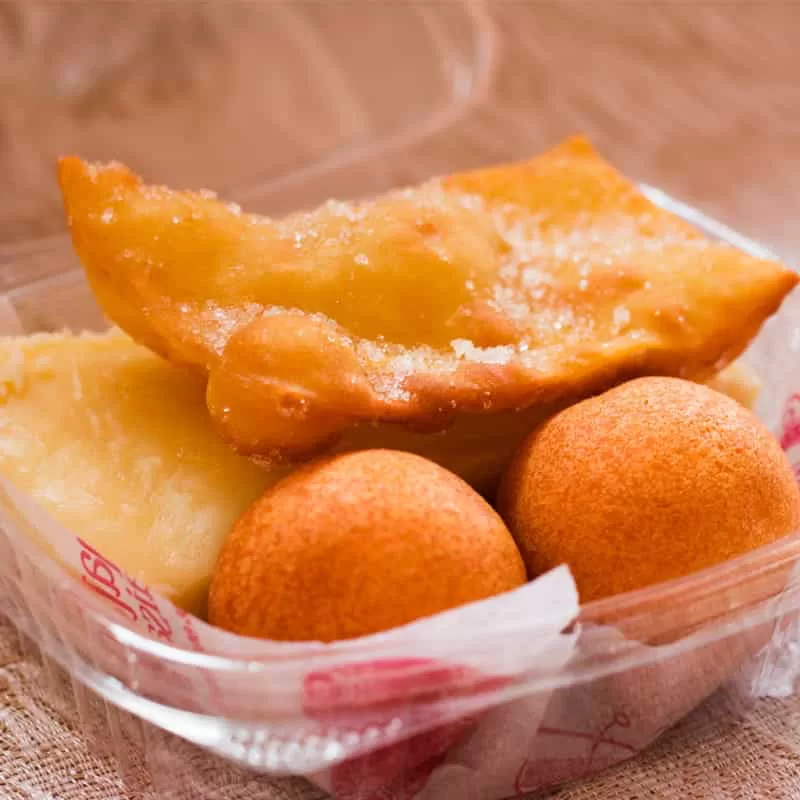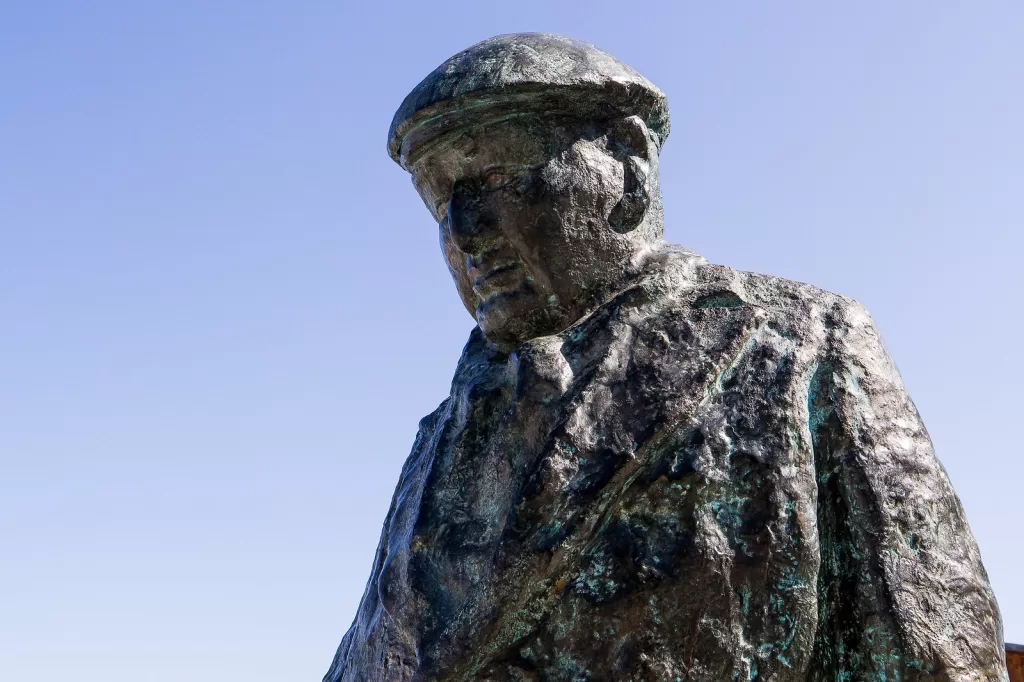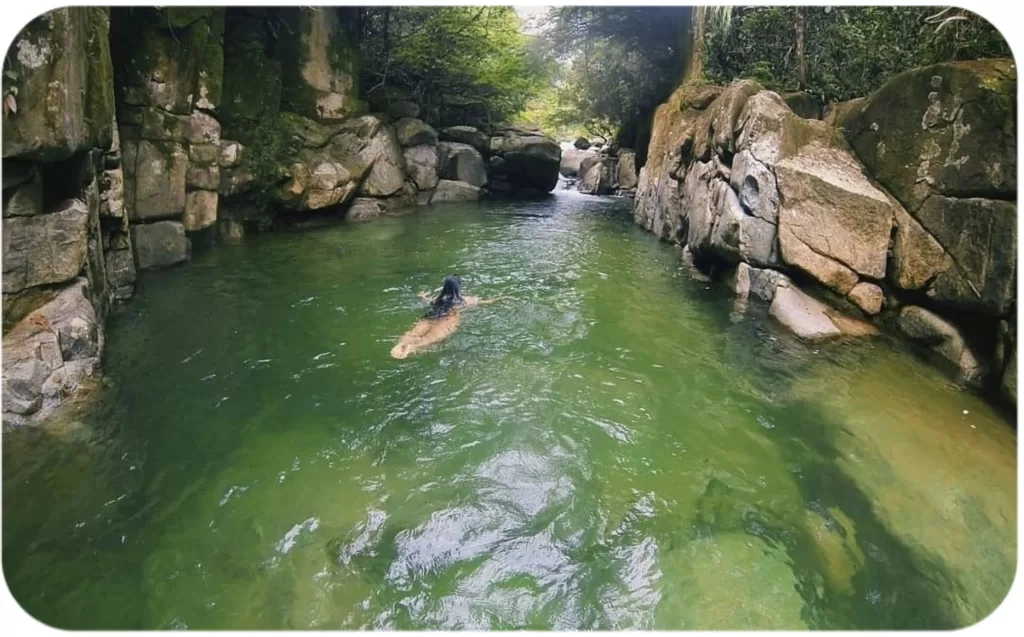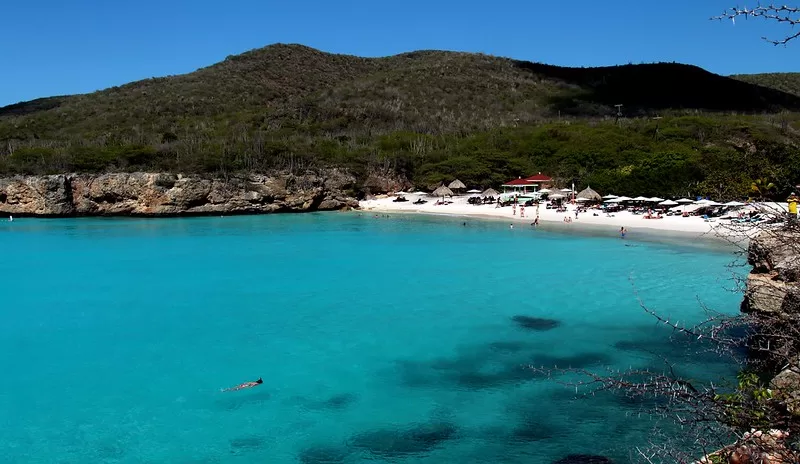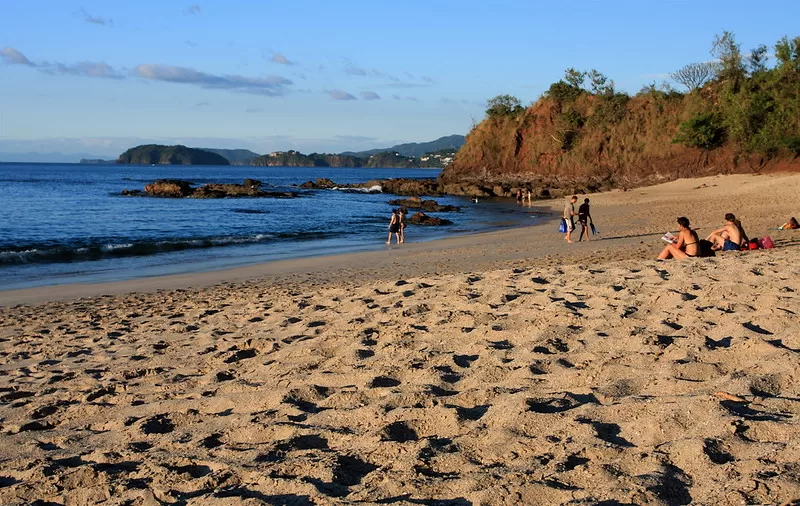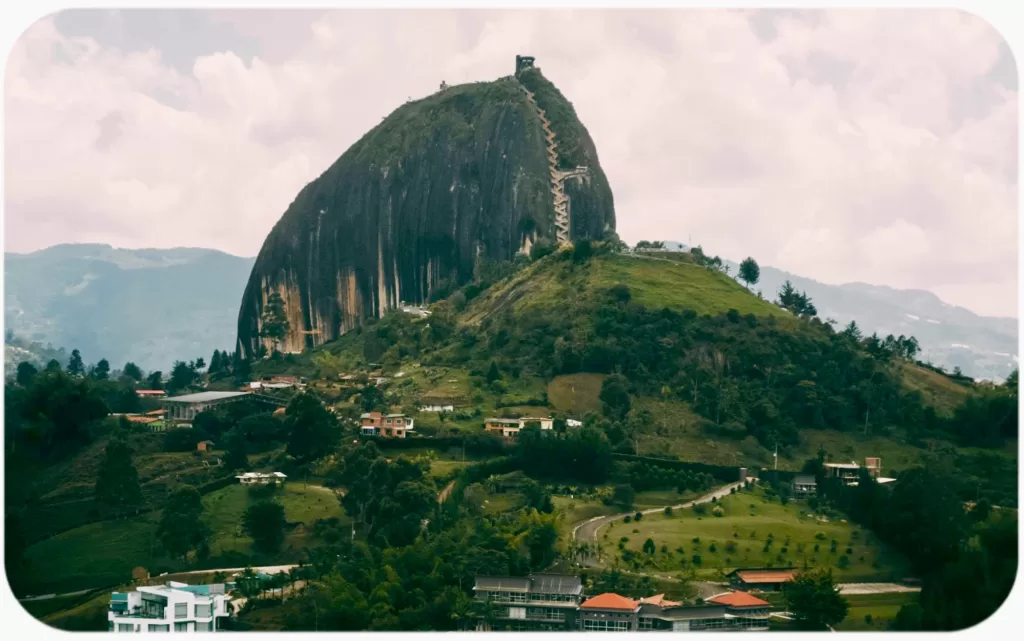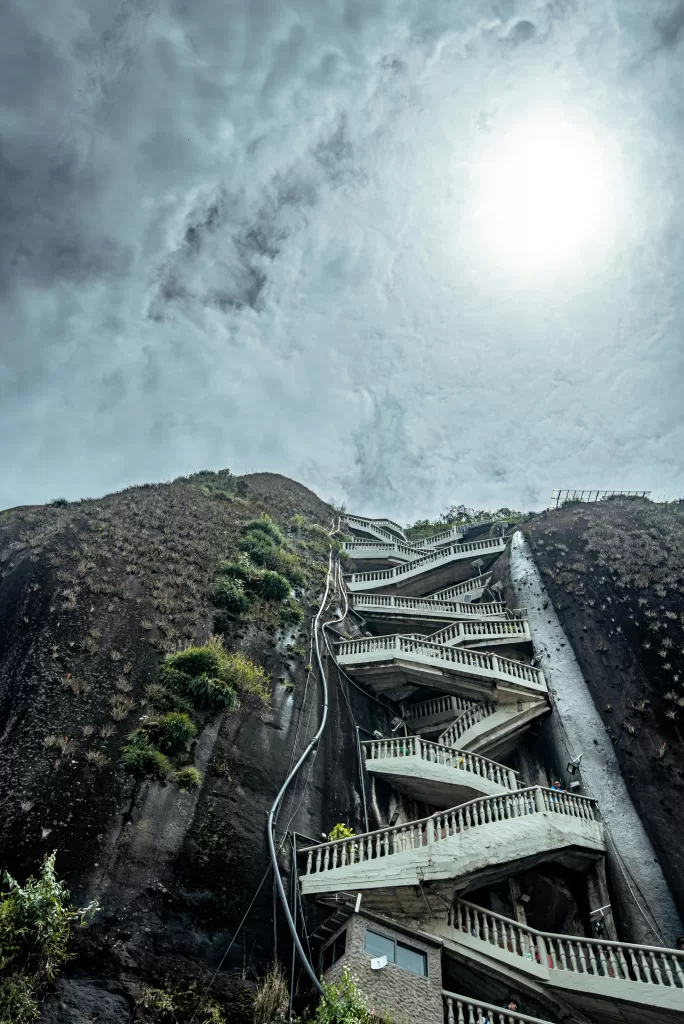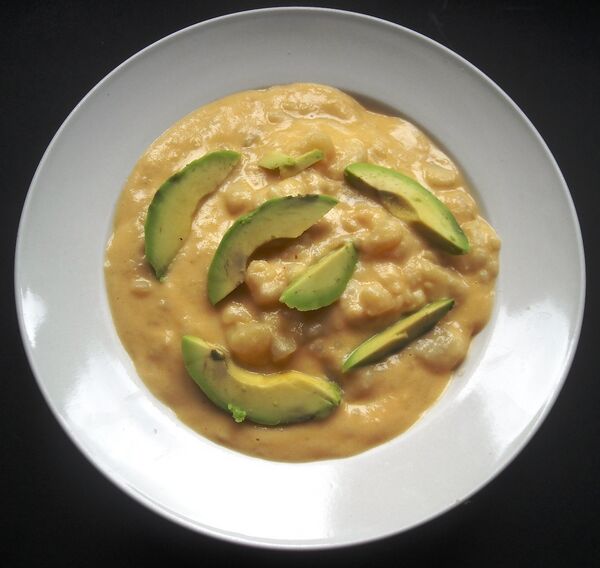When visiting Latin America, it’s not just the breathtaking landscapes, rich history, and mouth-watering cuisine that captivate travelers. It’s the rhythm of life, the pulse of the culture, and the unique way Latin Americans express themselves through dance. From the sultry moves of salsa to the energetic beats of merengue, the romantic sway of bachata, and the global phenomenon of reggaeton, learning these dances offers an unforgettable way to immerse yourself in Latin culture. Dancing is not just an activity here; it’s a celebration of life, community, and joy.
Salsa: Feel the Heat of the Caribbean
Originating from Cuba and later popularized in Puerto Rico and the Dominican Republic, salsa is one of the most iconic dances in Latin America. Its infectious rhythm and vibrant energy make it a staple in nightclubs and dance halls across the region. Whether you’re traveling through Colombia, Cuba, or Puerto Rico, you’ll find salsa playing a central role in local celebrations.
Learning salsa during your trip is an experience in itself. Not only will you get to connect with locals on a deeper level, but you’ll also develop a feel for the musicality and improvisation that make salsa so dynamic. Many cities offer dance schools with drop-in classes specifically for travelers, and some even host events where you can dance with locals in open plazas or beachside venues.
Merengue: Dance to the Fast-Paced Beat
If you’re visiting the Dominican Republic, you won’t escape the allure of merengue, a fast-paced, lively dance that’s a national symbol. Merengue is about having fun, and its simplicity makes it one of the easiest Latin dances to pick up, yet its speed adds an exciting challenge. In just a few lessons, you’ll be swaying your hips to the rhythm and sharing the dance floor with Dominicans who proudly showcase this part of their heritage.
As you learn the merengue, you’ll begin to understand how dance and music are ingrained in everyday life here. From street performances to grand festivals, merengue is always present, symbolizing the vibrant spirit and love of celebration that Latinos are known for.
Bachata: Romance on the Dance Floor
Bachata, also from the Dominican Republic, is a dance of romance. Its slower rhythm and smooth moves provide a perfect contrast to salsa and merengue. The intimacy of the dance, along with its emotional lyrics, creates a deep connection between partners. As you learn the steps of bachata, you’ll feel like you’re sharing in the love stories and passions that are often woven into the fabric of Latin music.
Whether you’re in a small, dimly lit dance hall or an open-air bar overlooking the Caribbean, dancing bachata under the stars is a must-do for any traveler looking to experience the more tender, sentimental side of Latin culture.
Reggaeton: The Global Beat of Latin America
If there’s one Latin dance that has taken over the world, it’s reggaeton. Born out of the barrios of Puerto Rico and influenced by Caribbean beats, reggaeton mixes dancehall, hip-hop, and Latin rhythms. Today, it dominates playlists and dance floors across the globe. Popularized by artists like Daddy Yankee, J Balvin, and Bad Bunny, reggaeton is all about attitude, confidence, and having a good time.
While reggaeton might seem simple compared to salsa or bachata, it’s all about expressing yourself through bold, rhythmic movements. You’ll often find reggaeton blasting in the clubs and parties of urban Latin America, offering travelers a chance to let loose and feel the electric energy of the local nightlife.
Cumbia, Samba, and More: Explore the Diverse Rhythms of the Continent
Of course, Latin America has more to offer than just salsa, merengue, bachata, and reggaeton. Cumbia, a folkloric rhythm from Colombia, will have you moving to a more traditional beat, while samba from Brazil invites you to celebrate life with exhilarating, fast-paced steps that are most famously performed during Carnival. Each country has its own local dances, and learning them is a doorway to understanding its unique traditions and stories.
Immersing Yourself in Latin Culture Through Dance
Learning to dance in Latin America is more than just picking up a new skill; it’s a way to live and breathe the vibrant happiness of Latinos. The people of Latin America dance with their hearts, and as you move with them, you’ll begin to see life through their lens—a celebration of joy, love, and community. Dance breaks down barriers, allowing you to connect with locals, whether you’re in a classroom or on a packed dance floor.
So, if you’re planning a trip to Latin America, be sure to make time for some dance lessons. Pack your dancing shoes, get ready to move your body, and let the rhythm of Latin America lead you into an unforgettable experience.
Ready to move to the beat of Latin America? Visit Nosfui.com to plan your trip and discover the best destinations for dancing and cultural immersion.















